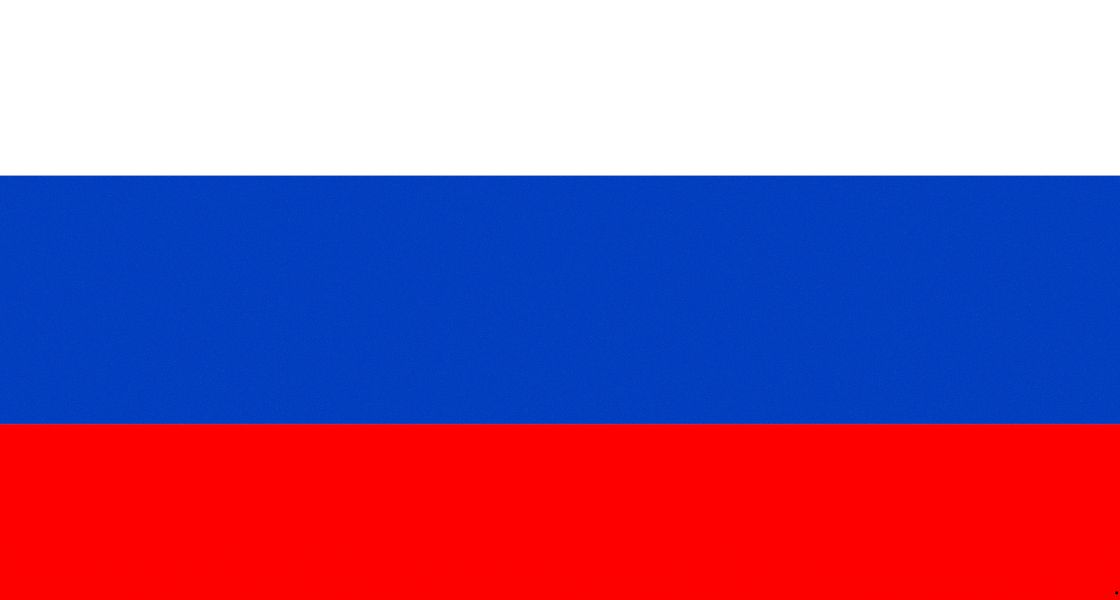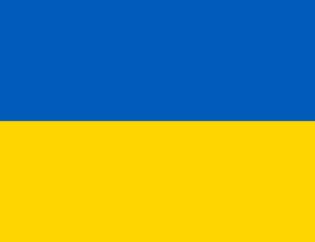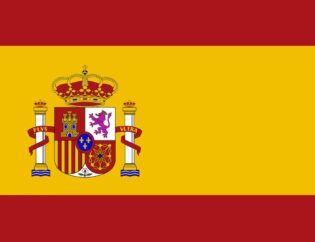
Russia - Overview
Russia, officially known as the Russian Federation, is the largest country in the world, spanning Eastern Europe and North Asia, covering an area of 17,098,242 square kilometers. With a population of approximately 142,021,981 people, it is the ninth-most populous country globally and the most populous in Europe. Russia is highly urbanized, with 16 cities boasting populations of over a million inhabitants. The capital and largest city is Moscow, a major political, economic, cultural, and scientific center in Russia and Eastern Europe. Saint Petersburg, the second-largest city, is renowned for its cultural heritage and historical significance. Russia's vast territory encompasses a variety of landscapes, from tundra and taiga forests to mountain ranges and subtropical beaches. The country has a rich history, beginning with the East Slavs and evolving through the Kievan Rus', the Tsardom of Russia, the Russian Empire, and the Soviet Union, before becoming the Russian Federation in 1991. Russia plays a significant role on the global stage as a permanent member of the United Nations Security Council and is involved in numerous international organizations.
Russian Cuisine
Russian cuisine is a diverse and hearty collection of culinary traditions, reflecting the country's vast geography and multicultural heritage. Rooted in the agricultural lifestyle of the Slavic people, it has evolved through centuries of influences from neighboring cultures and the various regions within Russia. Traditional Russian cuisine is known for its use of a wide variety of ingredients and its emphasis on preservation techniques such as pickling, smoking, and fermenting, essential for surviving the harsh winters. Staple foods include bread, potatoes, cabbage, and various grains. Meat, particularly pork and beef, plays a significant role, often prepared in stews or roasted. Fish is also crucial, especially in coastal areas and regions with abundant rivers. Dairy products like sour cream and cottage cheese are commonly used to enrich dishes. Russian cuisine features robust flavors with the extensive use of herbs and spices like dill, parsley, bay leaves, and garlic. Traditional meals often start with a soup, such as borscht or solyanka, followed by a main course that includes meat, fish, or poultry, accompanied by vegetables or grains. Sweet treats, like blini (pancakes) and honey cakes, are popular desserts.
Mushrooms in Russian Kitchen
Mushrooms are a beloved ingredient in Russian cuisine, often foraged from the country's extensive forests. The most commonly used mushrooms in Russian cooking include:
- Chanterelles (Lisichki): Known for their vibrant color and rich flavor, often used in soups and sauces.
- Boletes (Belye griby): Prized for their meaty texture and earthy taste, featured in a variety of dishes.
- Slippery jacks (Maslyata): Recognizable by their slippery cap, commonly used in pickling.
- Champignons: Frequently used in everyday cooking for their mild flavor.
- Milkcaps (Ryzhiki): Known for their unique taste, often salted or pickled.
These mushrooms enhance the depth and richness of Russian dishes, contributing to their distinctive flavors.
Russian Dishes with Mushrooms
Mushrooms are integral to many Russian dishes, providing a rich and earthy flavor. Some notable Russian dishes with mushrooms include:
- Solianka: A traditional thick, spicy, and sour soup that includes a variety of meats and mushrooms, creating a hearty and flavorful dish.
- Pelmeni with mushrooms: Traditional Russian dumplings filled with a savory mixture of mushrooms, offering a delicious alternative to meat fillings.
- Mushroom sauces: Rich and creamy sauces made from various mushrooms, often served with meat or fish, enhancing the overall taste of the dish.
These dishes highlight the versatility and importance of mushrooms in Russian cuisine, making them a staple in many traditional and modern recipes enjoyed in Russian restaurants and homes. The use of mushrooms not only adds flavor but also reflects Russia’s deep connection to its natural resources and culinary traditions.











